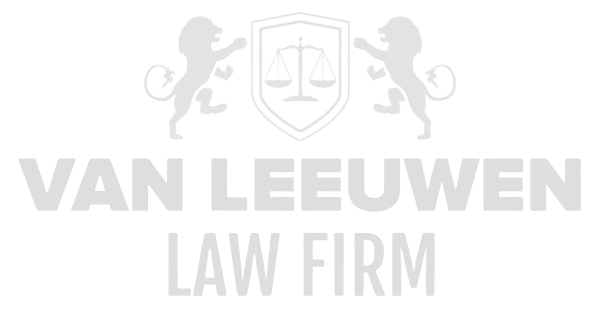Attorney Bas A.S. van Leeuwen is a skilled negotiator who excels in navigating and securing favorable terms through adept negotiation techniques. He prioritizes amicable solutions, emphasizing cooperation and constructive outcomes over prolonged legal battles. Van Leeuwen approaches negotiations with a holistic perspective, considering both immediate legal implications and broader contexts.…
Read moreAttorney Bas A.S. van Leeuwen distinguishes himself in the legal arena with a strategic and thorough approach to litigation. Whether navigating criminal courts, administrative tribunals, or civil proceedings, he leverages his expertise to advocate for the rights and interests of his clients. Known for his meticulous preparation, van Leeuwen’s litigation…
Read moreCyber threats are potential dangers and risks in the digital world that pose a threat to the security and integrity of computer systems, networks, and data. These threats can take various forms and vary in complexity and harmfulness.…
Read more"Red teaming," "blue teaming," and "purple teaming" are approaches within cybersecurity used to enhance an organization's security posture. They focus on identifying and addressing vulnerabilities and strengthening overall cybersecurity. "Ransomware resilience" refers to an organization's ability to protect against ransomware attacks and recover quickly if such an attack occurs.…
Read moreIdentity and Access Management (IAM) is a crucial component of cybersecurity that focuses on managing user identities and controlling and securing their access to systems and data. IAM is essential for ensuring the security of organizations because it helps prevent unauthorized access to systems and data, minimizes security risks, and…
Read moreInformation protection and cloud security are two critical aspects of cybersecurity. Information protection and cloud security are fundamental to safeguarding sensitive data and ensuring that organizations meet the increasing demands for data protection and privacy, especially in an era where data is frequently stored and processed in the cloud. It's…
Read moreData protection and privacy are essential components of cybersecurity. Ensuring data protection and privacy is not only a legal obligation but also essential for maintaining customer trust and preventing data breaches and the associated damage to reputation. Organizations must actively invest in technology, policies, and training to develop and maintain…
Read moreCybersecurity encompasses various aspects, including threat management, incident management, and crisis management. Effective threat, incident, and crisis management are essential in the modern world of cyber threats, where organizations regularly face advanced and malicious attacks. The ability to respond rapidly to threats and incidents and effectively communicate with both internal…
Read moreCybersecurity encompasses several critical components, including strategy, risk management, compliance, and governance. In an era where cyber threats are constantly evolving, it's crucial for organizations to take a holistic approach to cybersecurity, with strategy, risk management, compliance, and governance closely intertwined. This enables them to proactively address threats, safeguard sensitive…
Read moreLegal function transformation refers to the process of reimagining and restructuring the operations, strategies, and delivery of legal services within an organization. It involves making significant changes to the traditional ways in which legal functions are organized and performed, with the aim of enhancing efficiency, effectiveness, and value creation. Here…
Read more


